What you'll learn
Use reusable components to render views where data changes over time
Organize React projects to create more scalable and maintainable websites and apps
Use props to pass data between components. Create dynamic and interactive web pages and apps
Use forms to allow users to interact with the app. Build an application in React








.jpg)

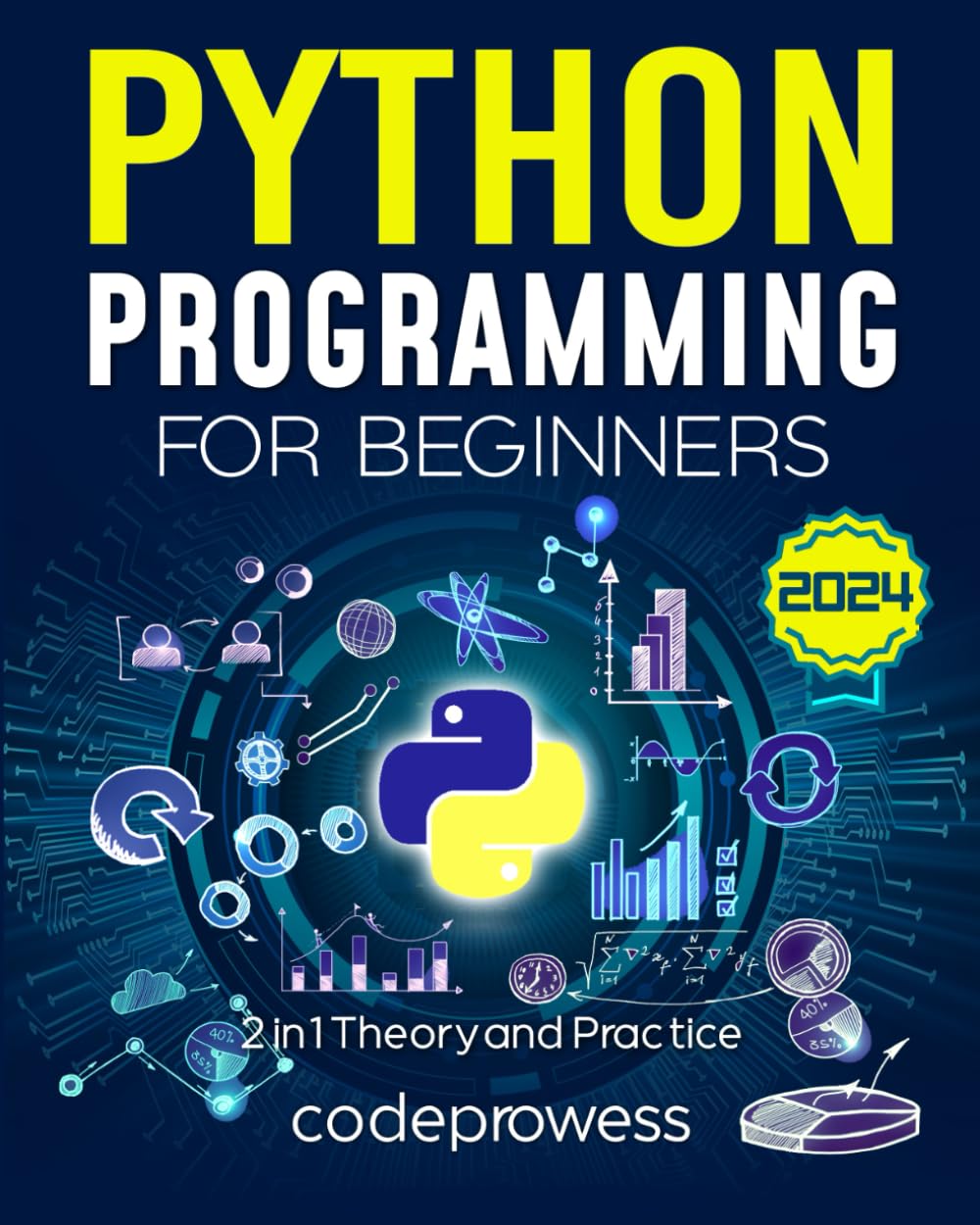
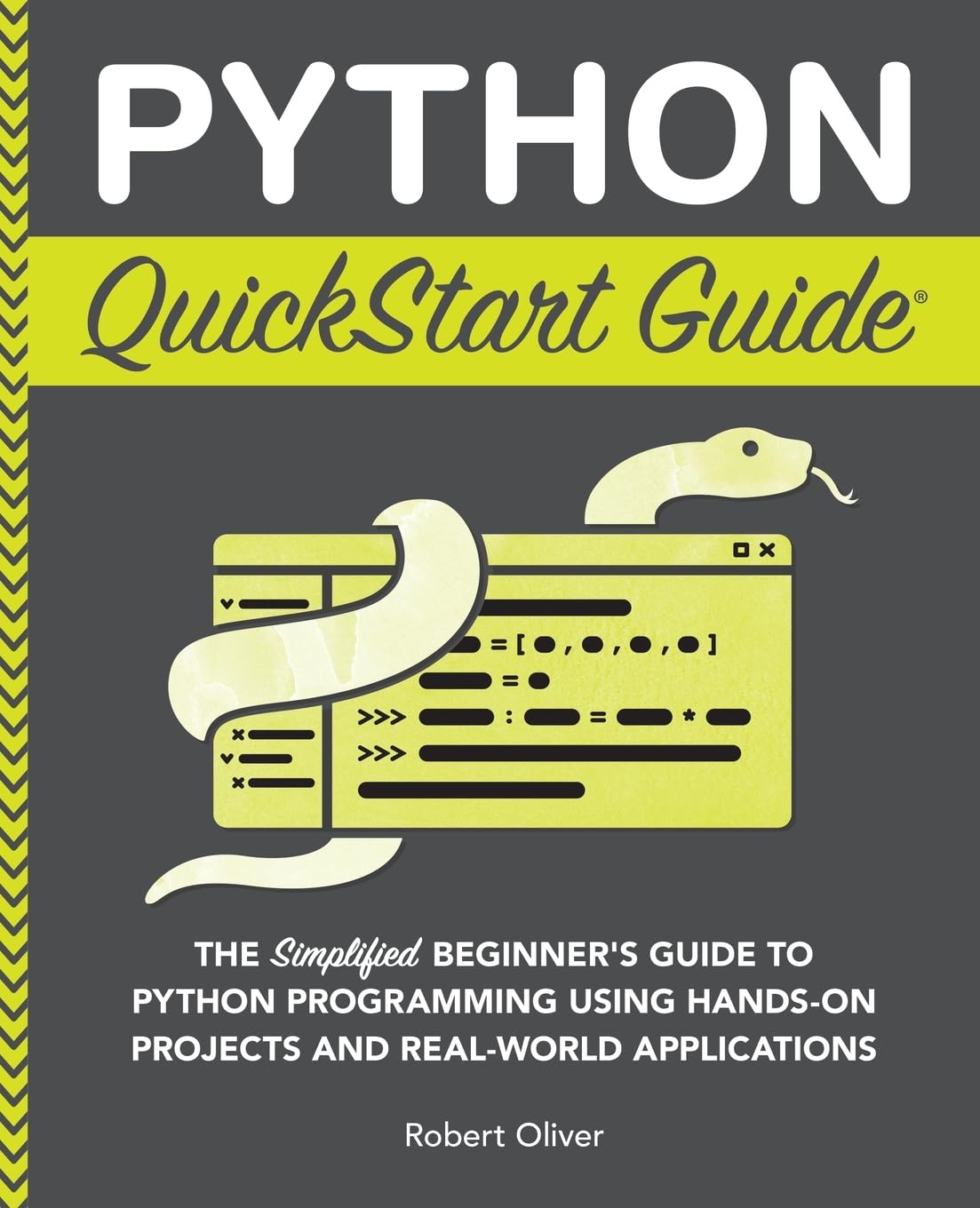.jpg)





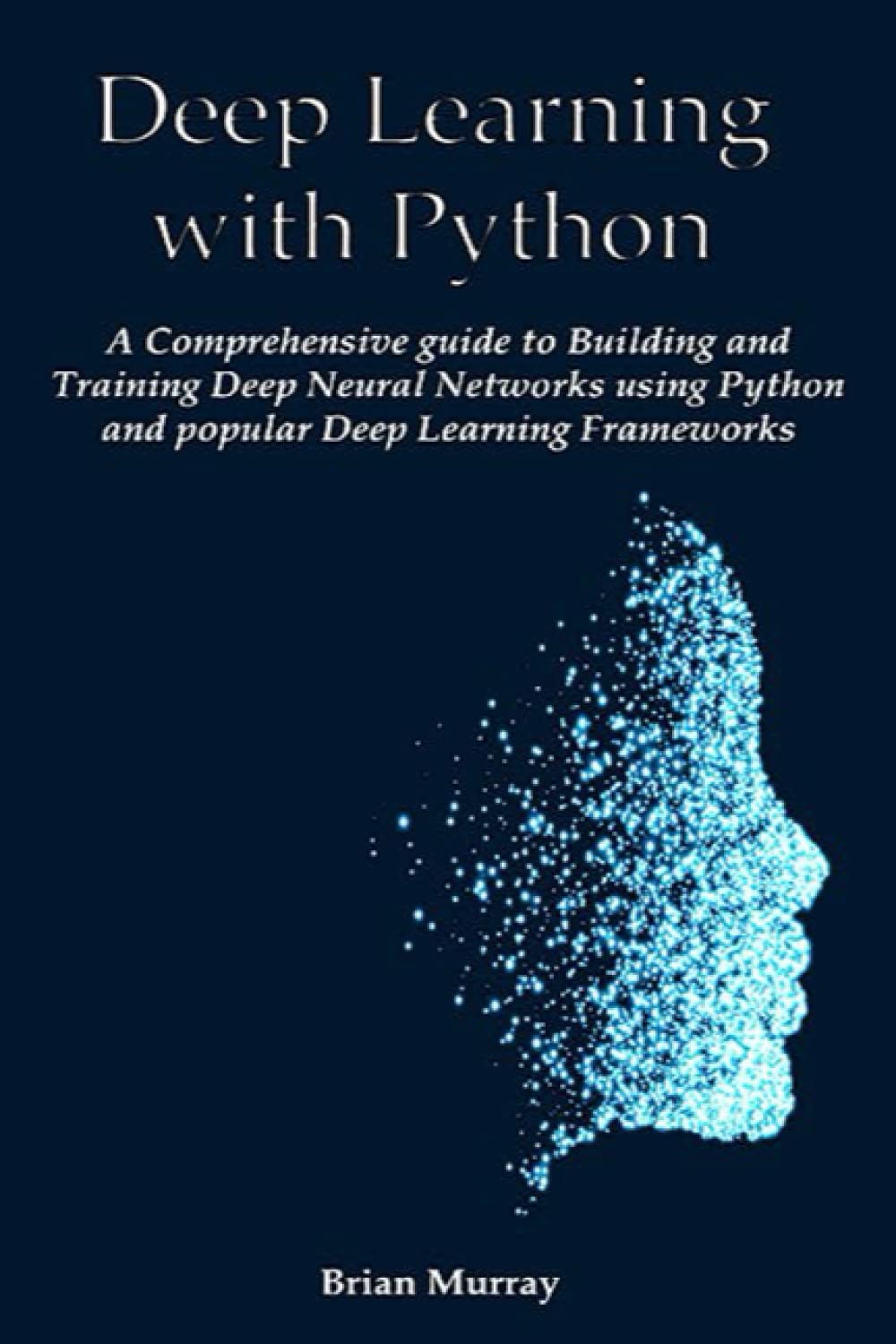
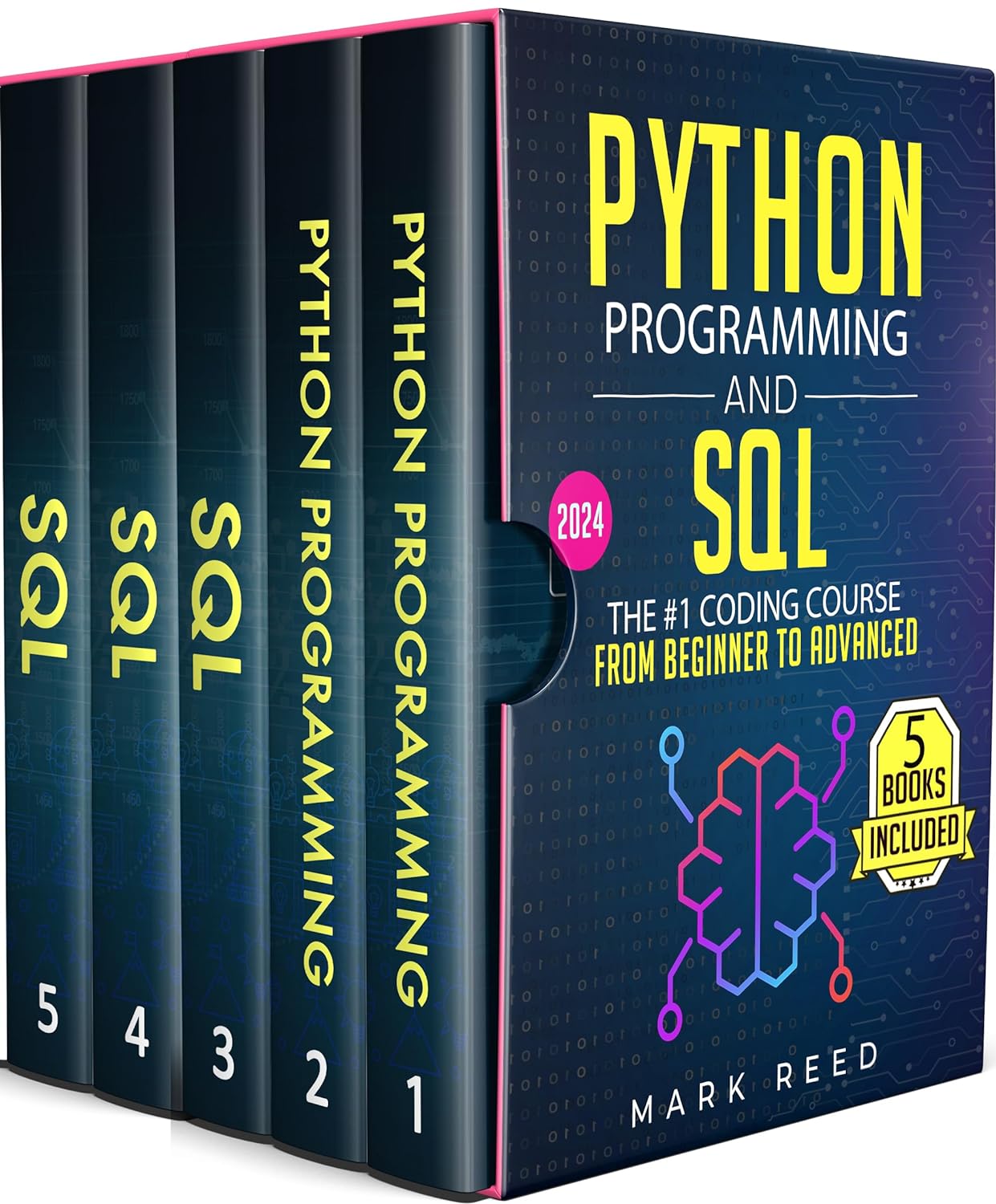%20(Computer%20Programming).jpg)








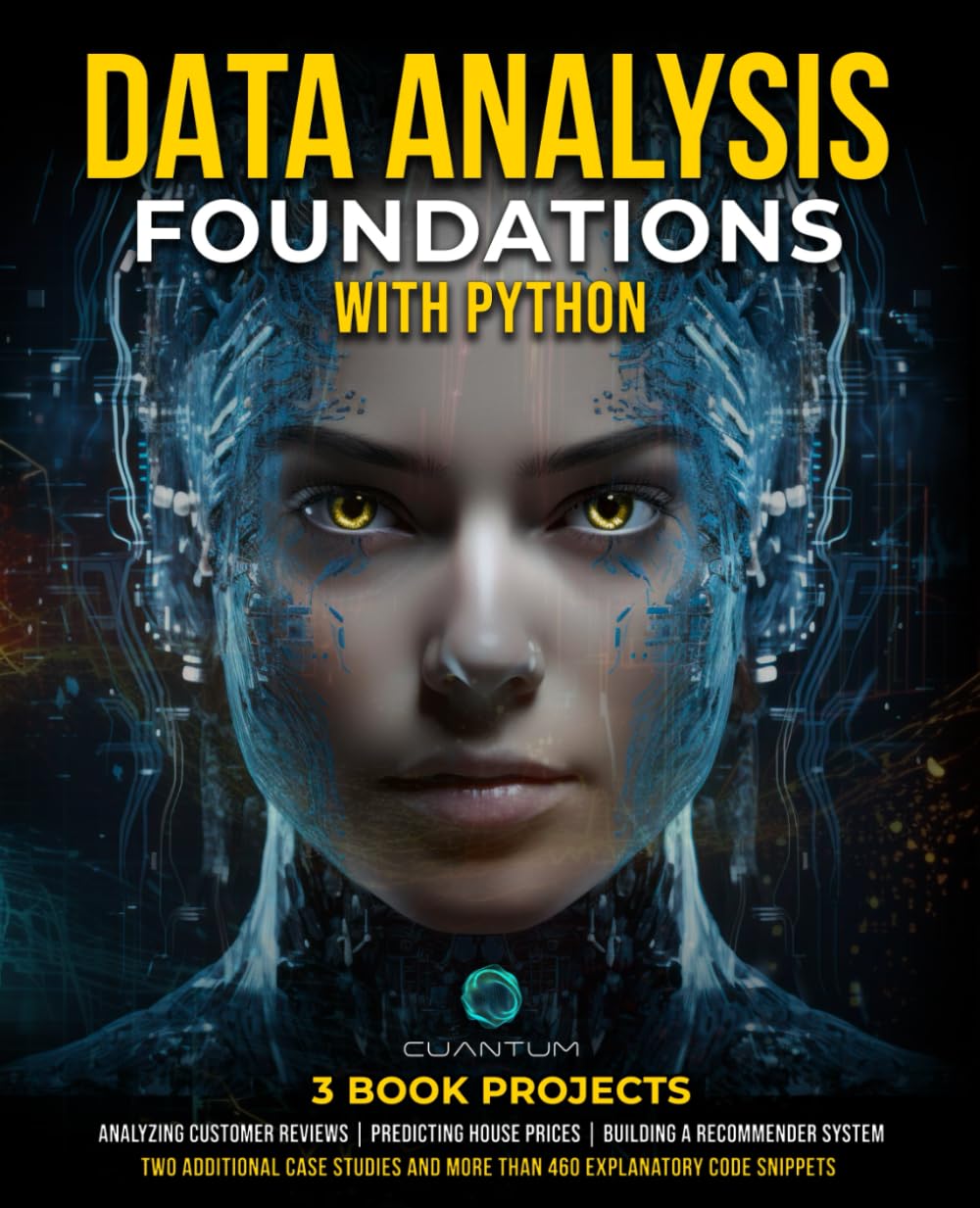
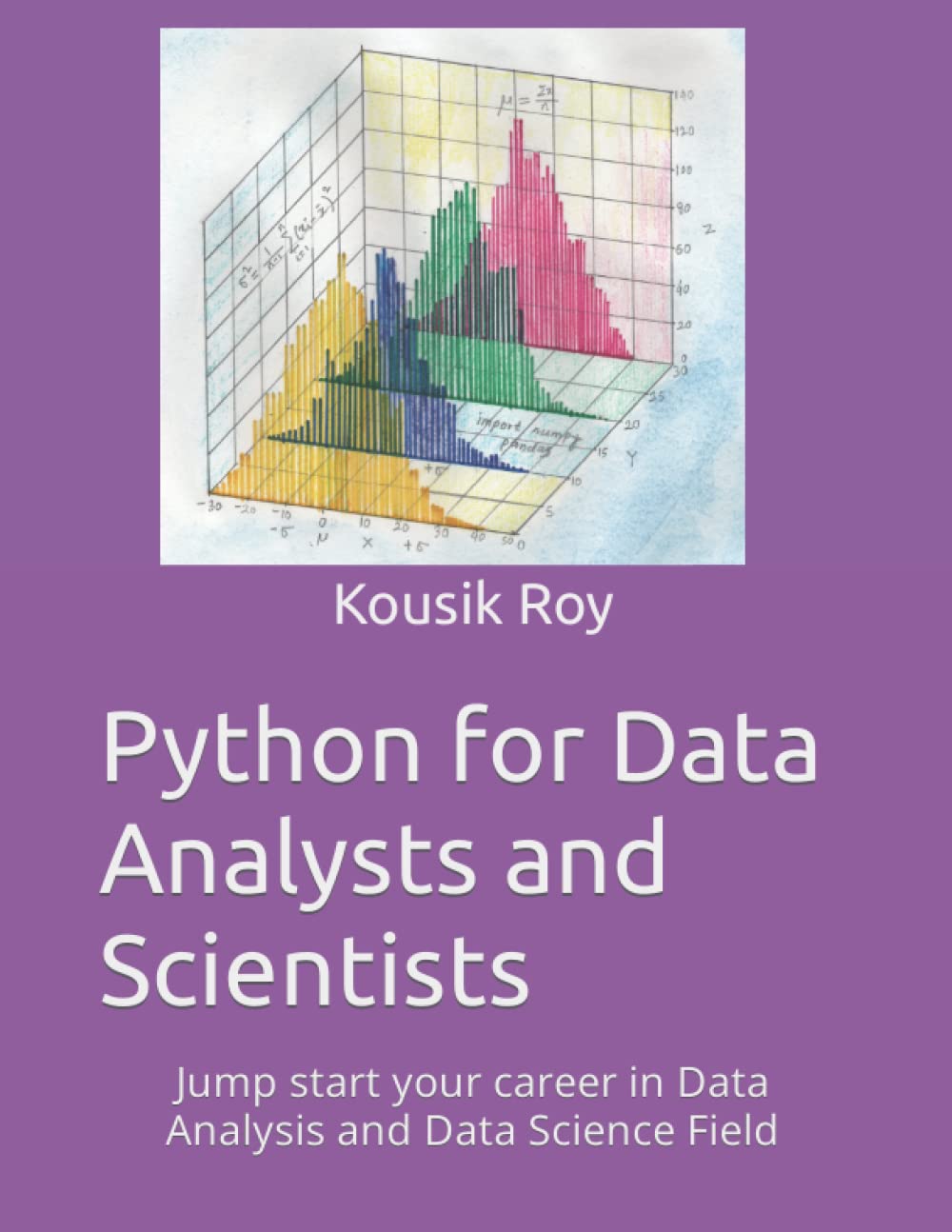



.png)





.png)
.png)





.png)


.png)
%20in%20Finance).jpg)
.png)

.png)




.png)


.png)
.png)






